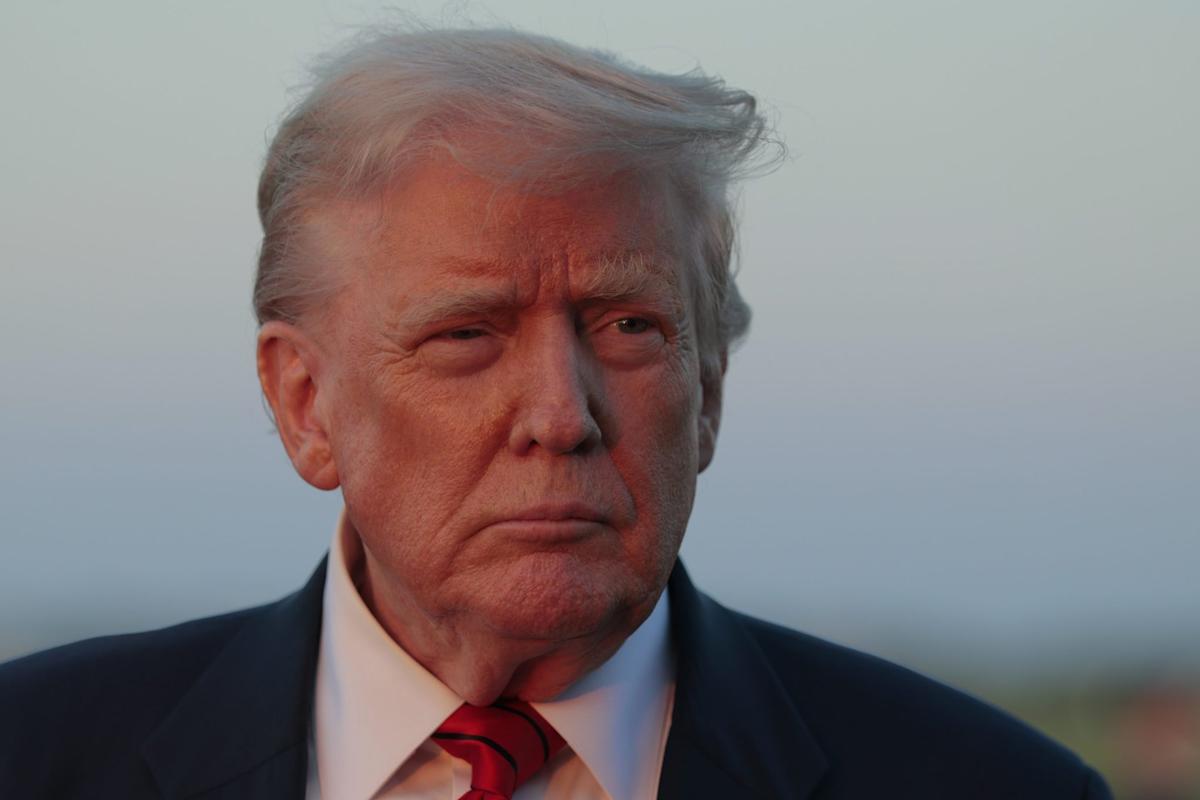Bank of America Research economists remain convinced that the Federal Reserve will not cut interest rates in 2025, despite a recent wave of disappointing jobs data fueling market speculation of an imminent policy shift. The reason, according to a new research note: The U.S. economy is headed toward a battle with stagflation—not recession—and cutting rates could worsen that toxic mix of stagnation and inflation.
The BofA team, led by senior U.S. economist Aditya Bhave, cited two major Trump administration policies as the key factors in their call: tough new immigration restrictions and a fresh series of import tariffs.
First things first, Bhave’s team turned to the July jobs report that stunned Wall Street with a net downward revision of 258,000 jobs for May and June. That’s the second largest in modern history outside of the initial pandemic shock and the largest ever in a non-recession year, according to Goldman Sachs calculations. But BofA’s strategists argue this doesn’t spell recession. In fact, the crux of their argument, they say, is that “markets are conflating recession with stagflation.”
The key distinction comes down to labor supply, not just demand. The research points to a sharp contraction in the foreign-born labor force—down by 802,000 since April—as immigration policy has tightened dramatically. This supply-side squeeze is pushing against weaker labor demand, keeping metrics that should indicate labor slack—such as the unemployment rate and the ratio of job vacancies to unemployed workers—basically flat for the past year. Bank of America estimates that break-even job growth, meaning the rate of hiring needed to keep joblessness steady, will hit just 70,000 per month this year.
Chair Jerome Powell’s recent comments support this interpretation, BofA said. Even if payroll growth slows to zero, the Fed now considers the labor market at “full employment” as long as the unemployment rate doesn’t spike. In July, unemployment inched up to 4.25% from 4.12%, but remains within range-bound levels.
Other economists disagree with this assessment. A team at UBS said the labor market is showing signs of “stall speed,” with a subdued average workweek of 34.25 hours in July—below 2019 levels and far from the “stretching” that’s typical when labor markets are tight owing to worker shortages. Industry-specific data also show that job losses are not concentrated in sectors with large immigrant workforces, further supporting the view that slack comes from weakened demand, not a supply constraint.
Story continues
By contrast, BofA still sees labor demand holding up, and pointed to average hourly earnings growth of 3.9% year on year in July, and aggregate weekly payrolls increasing by 5.3%.
The debate over demand versus supply is critical as the answer will determine how the Fed responds to stagflationary signals.
BofA explained how two Trump policies are fueling the brewing mix of stagnant growth and inflation that could be taking America back to the 1970s.
Trump’s changes to immigration have quietly but dramatically choked off labor supply. BofA analysts said this is happening earlier than they expected, and they remarked that the collapse in the foreign-born labor force has more than offset gains among native-born workers—even though the latter make up more than three-quarters of the total workforce.
Sectors that rely heavily on immigrant labor, like construction, manufacturing, and hospitality, have seen disproportionate job losses. Those three accounted for 46,000 of the downward revisions to the May and June data.
“Construction payrolls have stalled out this year, manufacturing has declined for three consecutive months, and leisure and hospitality added just 9K jobs in total in May and June,” BofA said.
That’s notable because leisure and hospitality was a strong spot in the labor market in 2023–24.
The second pillar of stagflation comes from a new round of import tariffs, particularly on Chinese goods. Since July 4, the overall effective U.S. tariff rate has jumped to about 15%.
Bank of America’s economists warn that tariffs are starting to show up in the inflation data: Core goods prices excluding autos rose 0.53% in June, the fastest in 18 months.
Crucially, underlying core PCE (personal consumption expenditures) inflation remains stuck above 2.5%—well above the Fed’s target. With long-term expectations anchored for now, policymakers are wary of cutting rates before there’s clear evidence that inflation has peaked. Some regional Fed presidents have warned the tariff effect could last deep into 2026.
Markets are currently pricing in a quarter-point cut by September. But Bank of America says cuts next month would be risky—especially if the labor market is tight owing to supply, not demand. Cutting rates too soon could undermine the Fed’s credibility if inflation simply accelerates in response, forcing a swift reversal.
The research note concludes that unless the August jobs report brings a sharp rise in unemployment—specifically above 4.4%—or inflation softens unexpectedly, the Fed is likely to hold steady through the end of the year. Any move to cut rates now would require “putting more faith in a forecast of labor market deterioration and transitory tariff effects than in the data in hand,” the strategists write.
For this story, Fortune used generative AI to help with an initial draft. An editor verified the accuracy of the information before publishing.
This story was originally featured on Fortune.com

